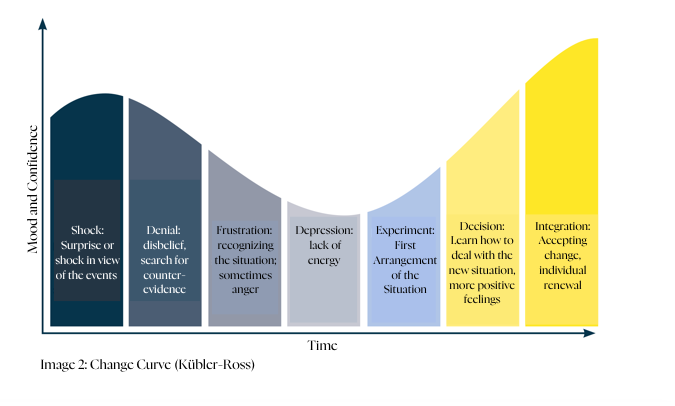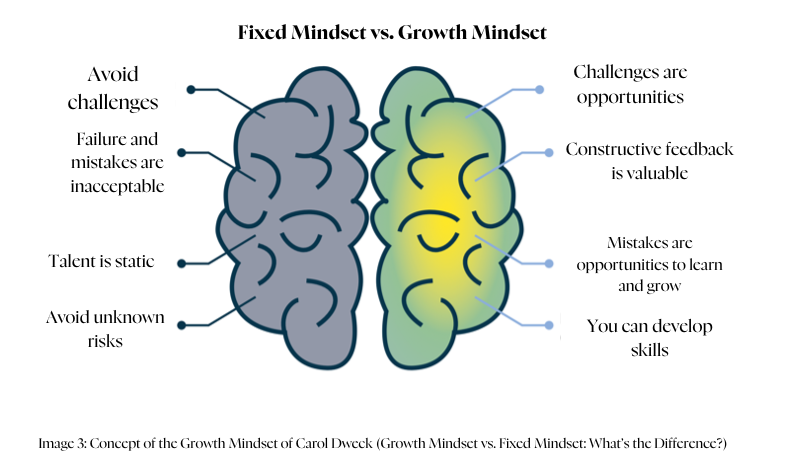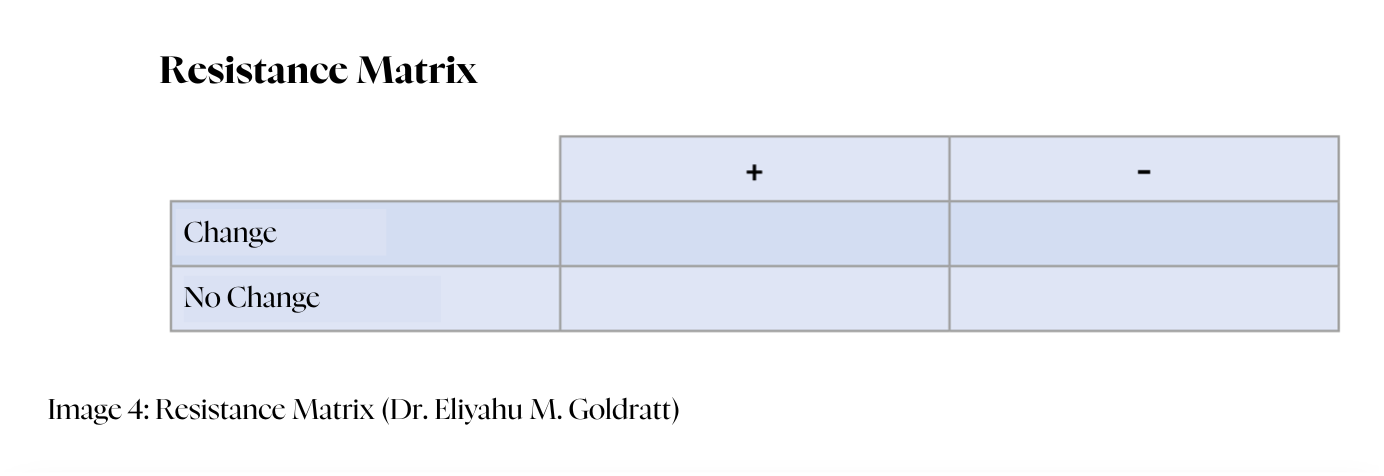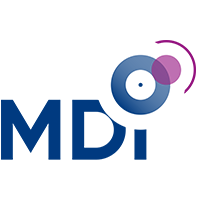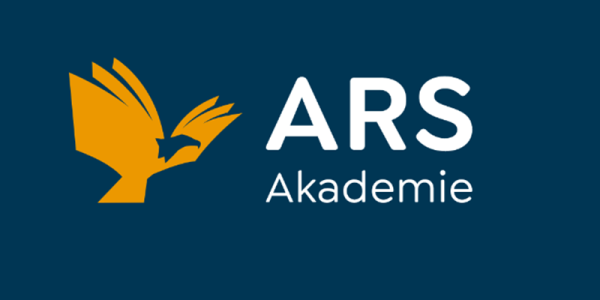
Aligning Training Goals with Organizational Business Objectives
Aligning Training Goals with Organizational Business Objectives
Do you prefer to listen to this article? Click below to access our AI-generated audio version!
Aligning Training Goals with Organizational Business Objectives
In my experience, aligning training with business objectives is one of the biggest challenges – it requires in-depth preparation for a training project, e.g. understanding the cultural aspects of the organization, the potential obstacles that stand in the way of implementing newly acquired skills, and acquiescence on the management to implement new habits.
Here are several proven strategies that I’ve found effective in enhancing knowledge transfer and ensuring that training delivers real business impact:
1. Encourage Practical Application During Training
Enabling practical application while running a course – Whenever possible, I integrate real-life, job-relevant exercises into the training sessions. This allows employees to practically apply new skills in a safe environment classroom. By working with scenarios that reflect their day-to-day challenges, they are better equipped to transfer those skills back to the workplace.
2. Create a Safe and Supportive Learning Environment
A safe and supportive environment – this means e.g. helping delegates translate theory into practice. Additionally, the trainer’s role is to promote a culture of continuous collaboration while managing a seminar. I encourage the sharing of knowledge and good practices immediately among the delegates.

3. Continuously Evaluate and Improve Training Effectiveness
Monitoring and improvement through regular evaluations. I monitor the effectiveness of knowledge transfer by feedback interviews during and after training sessions. This allows me to focus on continuous improvement of the training content and tailor future sessions more effectively based on real needs. This iterative process of refinement is crucial for maintaining relevance and maximizing the return on training investment.
4. Reinforce Learning Through Follow-Up Sessions
Sustainable learning doesn’t end when the training session concludes. We, at MDI Training, hold regular 2-hour follow-up sessions usually 4 to 6 weeks after the training to ensure continued development and to address any emerging challenges. These sessions help reinforce key messages, revisit challenging topics, and provide a platform for participants to share their implementation experiences. They are also an opportunity to clarify lingering questions and re-energize commitment to behavioral change.
Conclusion
Using the above strategies can significantly increase the effectiveness of skills knowledge transfer in an organization.
For more information, feel free to address me directly – marcin.swierkocki@mdi-training.com or send me a DM on Linkedin. I’d also love to hear your tips and experiences that support your training effectiveness.

Marcin Swierkocki
Trainer, Coach & MDI Partner
Marcin Swierkocki works as an HR business consultant who has specialized in L&D, change- and project management. He brings over 25 years of international experience in change management and operational development with him. His personal motto is influenced by Viktor Frankl: ‘Between stimulus and response there is a space. In that space is our power to choose our response. In our response lies our growth…’. His personal inspiration comes from his optimistic and positive character and by draining the energy that successfully supporting others gives him.



